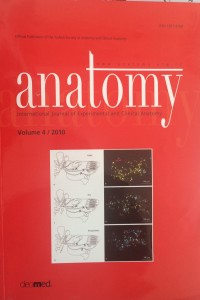Abstract
Objectives: Controversial in the development of anatomical science education is the role of dissection in the teaching of anatomy. Several doubts have been expressed over the usefulness of the use of cadavers in gross anatomy studies. This work was designed to compare the outcomes from a cadaver dissection-based study with a non-cadaver-based study.
Methods: A total of 128 medical students divided into two groups were used for this study. Both groups were required to study the gross anatomy of a given region. While Group A used cadaver dissection and other methods of studying anatomy available in the department, Group B studied with all the materials made available for Group A, but without a cadaver. Both groups undertook the same essay and multiple-choice exams on the region studied.
Results: The mean score for the various parts of the exam noted for Group A was 65%, while that for B was 55%. The percentage number of students with distinction grades in A was 39 while B was 17. In all, 91% of the students in Group A attained the pass mark while only 63% from B did.
Conclusion: The students that had a cadaver dissection-based study did better in all aspects of the exams with a significant difference between the mean scores of both groups. Standard deviations were smaller for the group that studied with cadaver in all aspects of the exam.
Details
| Primary Language | English |
|---|---|
| Subjects | Health Care Administration |
| Journal Section | Articles |
| Authors | |
| Publication Date | October 1, 2010 |
| Published in Issue | Year 2010 Volume: 4 Issue: 1 |
Cite
Anatomy is the official journal of Turkish Society of Anatomy and Clinical Anatomy (TSACA).


